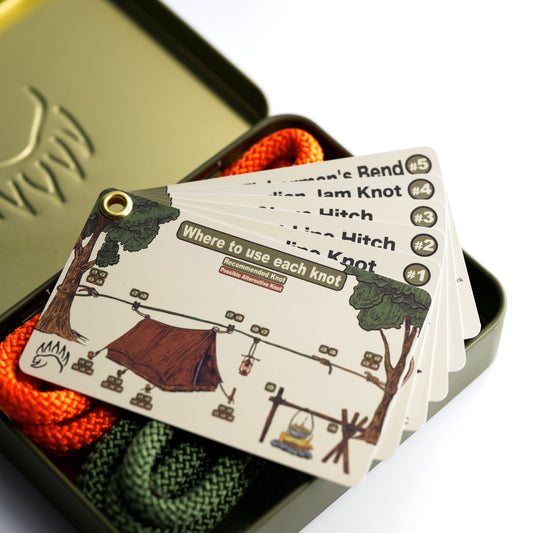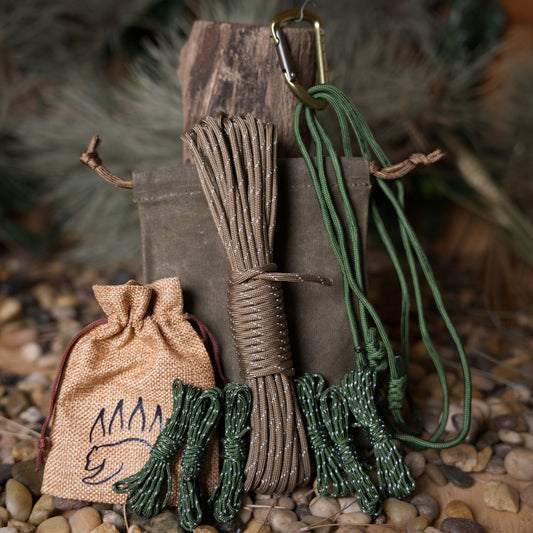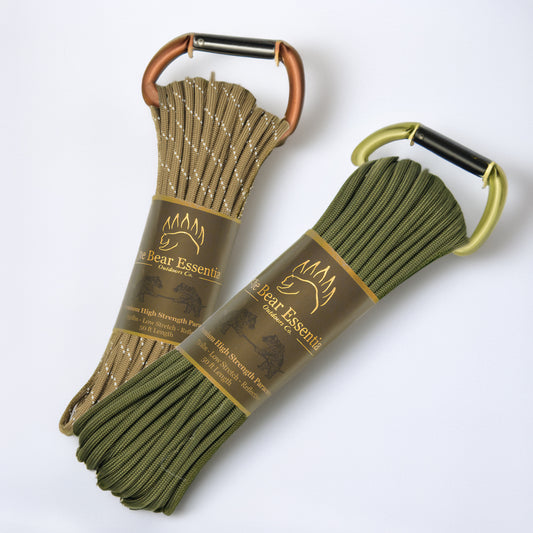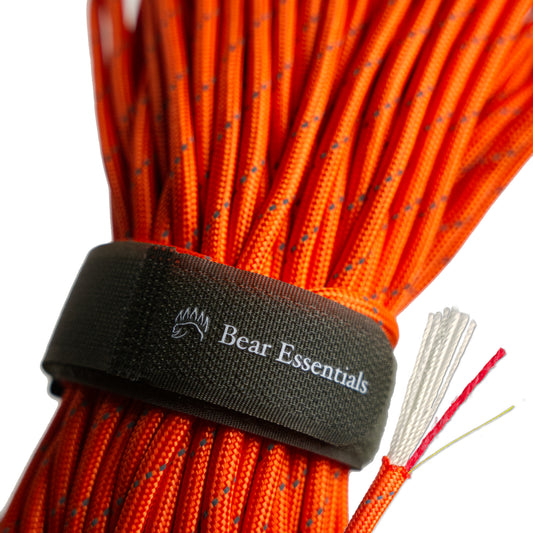How to Tie the Reever Bend
Usage
The Reever Bend, also known as the Reever Knot, is a secure method for joining two ropes together. Unlike the Sheet Bend, Carrick Bend, or Square Knot, the Reever Bend is more resistant to loosening under variable loads. Its double clamping points ensure it holds securely, making it an excellent choice for synthetic ropes, shock elastics, or applications requiring stability under tension.
Why Learn the Reever Bend?
This bend provides a compact, symmetrical, and secure connection. It is highly resistant to shaking loose, making it valuable in rigging, rescue work, and heavy-load applications. While more complex to tie than common bends, its security makes it a preferred alternative in demanding conditions.
Common Uses
-
Utility & Rigging Work:
- Ideal for joining two ropes under fluctuating loads.
- Common in industrial and arborist applications.
- Rescue & Climbing: Suitable for non-critical rope work requiring stability.
- Bungee & Elastic Cord Applications: Effective in securing shock cord or slippery synthetic ropes.
ABOK Number
(Ashley Book of Knots)
Other Names
TypeBends
|
Notable Features
- Secure Knot: Holds well under varying tension.
- Resistant to Loosening: Stays in place even with intermittent loads.
- Compact & Streamlined: Less bulky than other bends like the Carrick Bend.
Variations
- Carefully dressing the knot ensures maximum strength and security.
- Using longer tails can provide extra safety against accidental slippage.
Similar Knots
Carrick Bend vs. Reever Bend
- Pros: Strong and stable.
- Cons: More complex to tie and bulkier than the Reever Bend.
Sheet Bend vs. Reever Bend
- Pros: Quick and simple.
- Cons: Less secure under tension than the Reever Bend.
Square Knot vs. Reever Bend
- Pros: Easy to tie.
- Cons: Not suitable for load-bearing applications.
History
The Reever Bend was first documented in the May 1928 issue of the Alpine Journal, in an article titled Knots for Climbers by C. Wright and J. Magowan. The authors described it as a highly secure alternative to traditional bends, noting its resistance to loosening under fluctuating loads.
The Reever Bend’s security and symmetry were later analyzed in Symmetric Bends: How to Join Two Lengths of Cord (1995) by Miles, who confirmed its efficacy in securing ropes under variable strain. This analysis contributed to its growing recognition in knot-tying communities.
Security Level
The Reever Bend provides a strong, stable join for two ropes and is highly resistant to loosening from intermittent tension. However, it requires precise tying to ensure full security.
Downsides
- Complexity in Tying: Requires careful dressing to function properly.
- Limited Recognition: Less commonly used than bends like the Zeppelin Bend.
Structure
- Start by forming a bight in each rope.
- Interlock the two bights to create a woven structure.
- Pass each end over itself and over the other rope.
- Thread each rope under both ropes and over itself.
- Pull both ends to tighten the knot evenly.
Pro Tip: Take time to dress the knot properly before applying heavy tension.
FAQ
What is the Reever Bend used for?
It is used to join two ropes securely, especially in applications where intermittent tension might loosen other bends.
How does the Reever Bend compare to the Carrick Bend?
The Carrick Bend is more commonly known, but the Reever Bend is more compact and resistant to loosening.
Can the Reever Bend be untied easily?
No, it holds firmly and requires effort to untie, making it ideal for permanent or long-term applications.
Is the Reever Bend suitable for climbing?
It is secure but not commonly used in climbing, as other bends like the Zeppelin Bend are more reliable for load-bearing applications.
Important Notes on Safety
The Reever Bend is a strong and stable knot but should be tied carefully to ensure full security. If a bend that is easier to untie is needed, consider the Zeppelin Bend or Alpine Butterfly Bend as alternatives.







